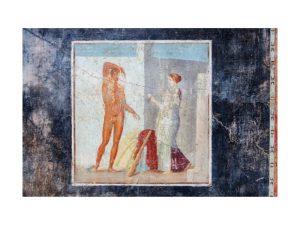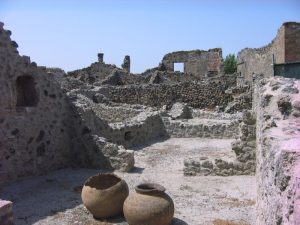
Hercules Frescoes in Herculaneum: Heroic Myth on Painted Walls
Where Myth Met the Wall When Vesuvius erupted in 79 AD, it buried Herculaneum in an instant. But along with the tragedy, it preserved something remarkable: walls that still spoke in color. Among them were the Hercules frescoes in Herculaneum,









